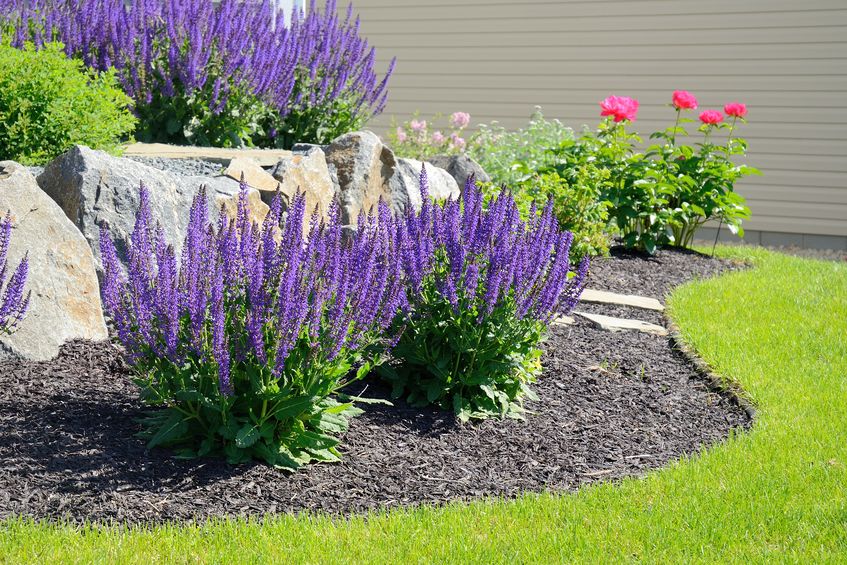Search...

At The Dirt Bag, one of the most common questions we get is what type of mulch is best. There’s no single answer because it completely depends on your gardening goals. You need mulch in your garden because the right mulch helps you save water, fight weeds, and keep pests at bay. This means healthier veggies, fruits, and flowers. Some mulch is designed for specific crops, but let’s start with the basics. There are two primary types of mulch: organic and inorganic. Organic is comprised of what used to be living things like straw, wood chips, pine needles, and so on. Inorganic mulch is man-made like plastic and landscape fabric strips.
Organic and inorganic mulch both minimize weeds, but organic mulch nourishes the soil at the same time. Inorganic mulch isn’t meant to break down, so they don’t enrich the soil, but it can still be the right mulch for you. For example, black plastic is a common inorganic mulch that keeps the soil warm even at night so veggies that love the heat, like cherry tomatoes, thrive with this type of mulch.
One of the most well-known types of mulch is shredded bark or wood chips. It looks pretty, but reserve this type of mulch for bordering shrubs, making pathways, or for perennial flower beds, Vegetables, and annual flowers aren’t the best mates for bark chips because it’s tough to tend a garden when you have to dig past big chunks of bark. Grass clippings are another popular item, and you can harvest your own every time you mow. They are good for lawn fertilizer and to use in veggie gardens that require more nitrogen.
Compost can be a great way to enrich the soil, but the compost needs to be damp. Too much dry mulch isn’t good for plant roots. The best way to use compost is to spread a thin layer on top of other mulch and around your plants. This will help your compost retain moisture and stay biologically active to optimize flower, fruit, and vegetable growth. You can also use straw or hay, especially for veggie gardens. Weed-free hay and salt hay are good picks for not only looking beautiful but also helping to prevent weeds, keep in moisture, and get an extra dose of organic matter as it breaks down. Keep it away from any stems of fruit trees or vegetables, otherwise, rodents and slugs might get attracted to it.
Finally, there’s a plastic mulch. Put the plastic over smooth soil to make your own microclimate that stays three degrees warmer than it would otherwise. You can safeguard your crops, stop rotting, and keep weeds in check. There are a few different types of plastic mulching, including infrared-transmitting plastics that are costlier but offer even better results. To learn more about mulching options and to get your gardening goals achieved more quickly, contact The Dirt Bag today for a customized action plan.